We are more than happy to support you!
We are more than happy to support you!
History of the town
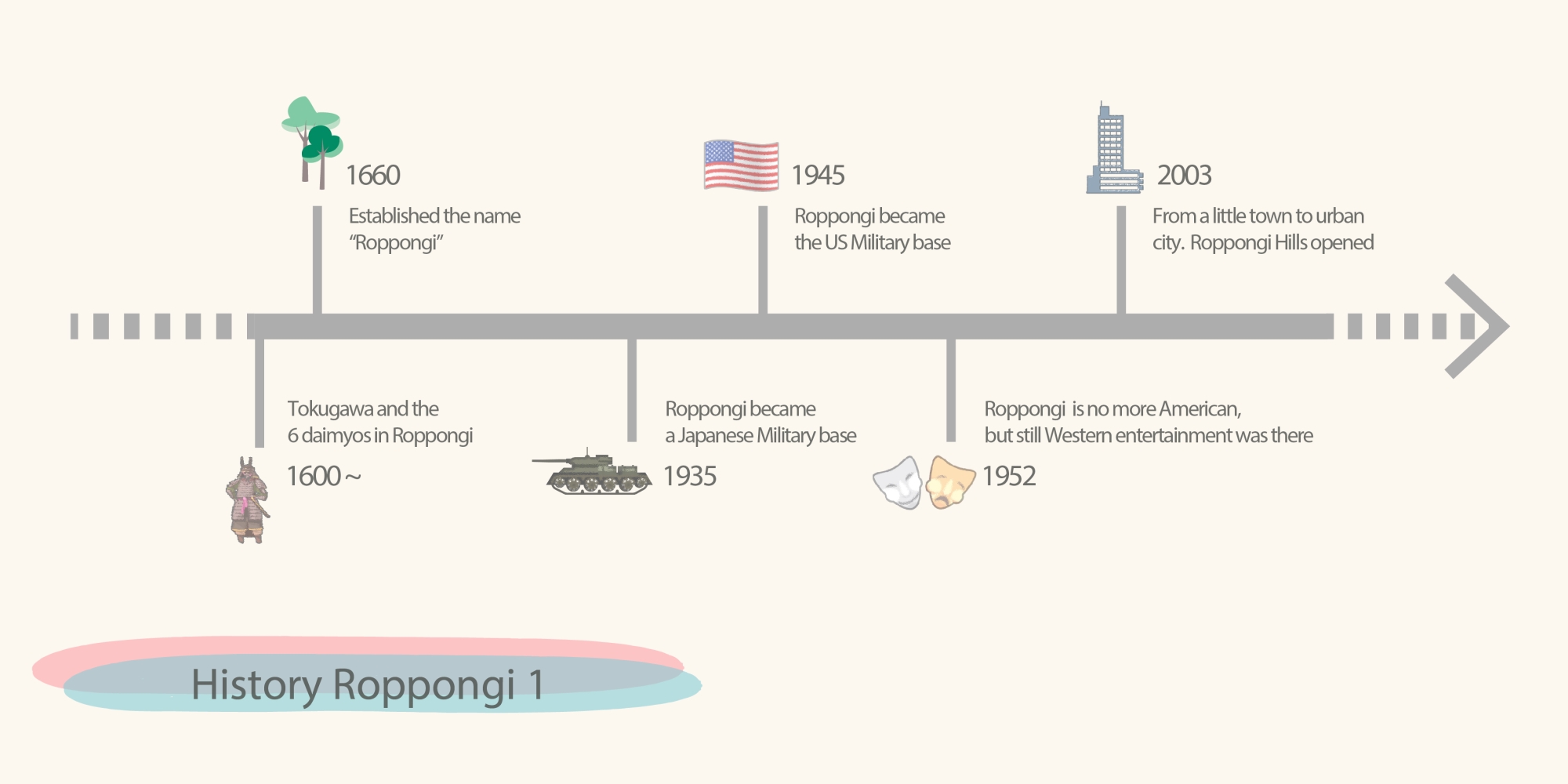
1.) The start (1600~1700)
In 1626 Roppongi wasn’t so called Roppongi, but it was known as the site of the cremation of the wife of the important Shogunate Tokugawa. Tokugawa was a strong and powerful feudal military government between 1600 and 1868. Around 1660, the area got the name Roppongi and according to the kanji, it literally means
六 = 6 (ro)
本 = cylinder counting (pon)
木 = trees (gi)
Why this area got this name, it is not fully proven. So many clarifications are listed, but the most convincing one, is the story about the six daimyo’s residences located in Roppongi. Daimyo is a feudal landlord under the main government Tokugawa. They are like governors from nowadays. Each daimyo in Japan had to gather in Edo (Tokyo), therefore they had lovely second houses in Edo. Six daimyo who had residence in Roppongi, had coincidentally “tree” family names, like Aoki means Green/Blue trees and Takagi means Tall trees. So 6 pieces of tree families: “Roppongi”!
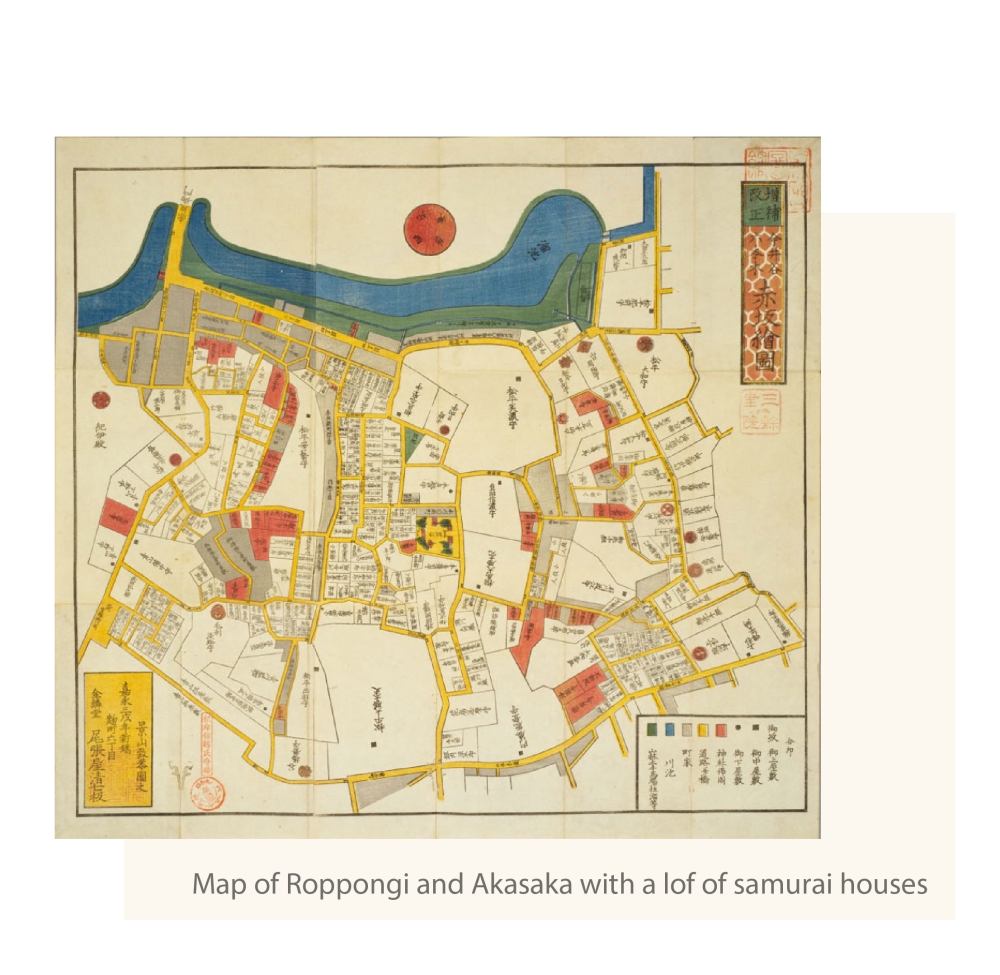
<credit>
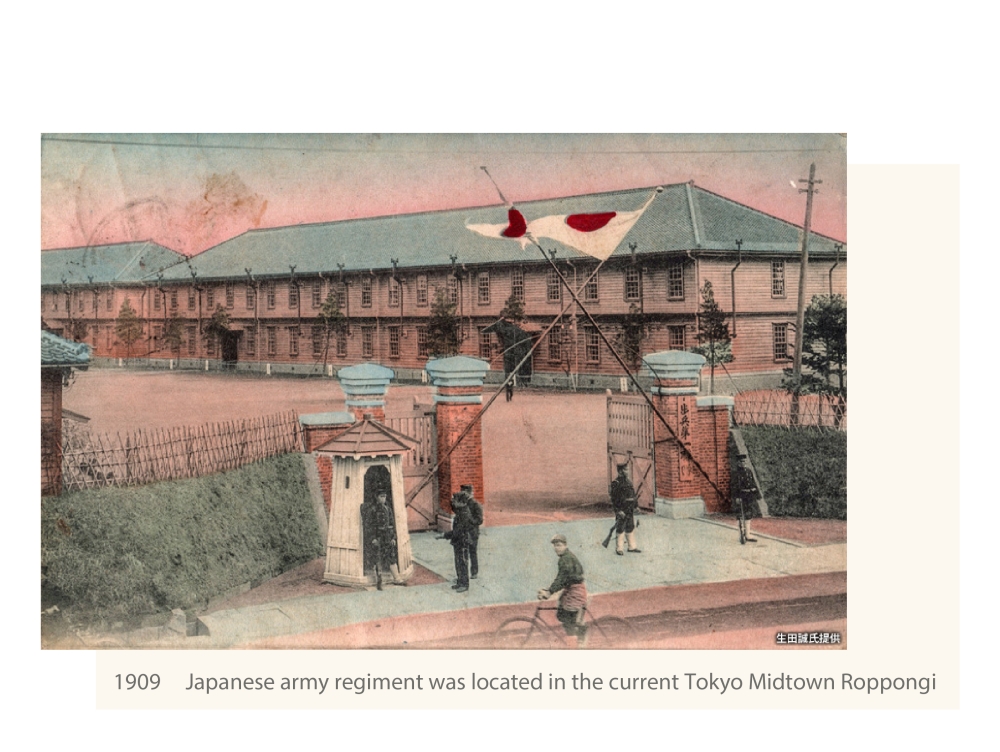
<credit>
2.) The growth (1935~1952)
In the beginning, it was just a quiet residential area, outside of the city center of Edo (Tokyo). Roppongi has changed a lot from the beginning of 1900. The World Wars were happening around that time. And after the First World War, Japan created a military base in Roppongi, which had a lot of land to locate a huge base camp. When Japan lost the Second World War in 1945, the American army occupied Roppongi and the Japanese military base changed to American military base. This period is an important turning point! Why Roppongi is well known of international character and bars and clubs? It is because of the American military base! The Americans wanted to enjoy in bars, clubs and restaurants which they are use to in the US, so they had started opening more and more bars, international restaurants, clubs, theater shows and prostitution facilities in Roppongi. These were only accessible from the American base.
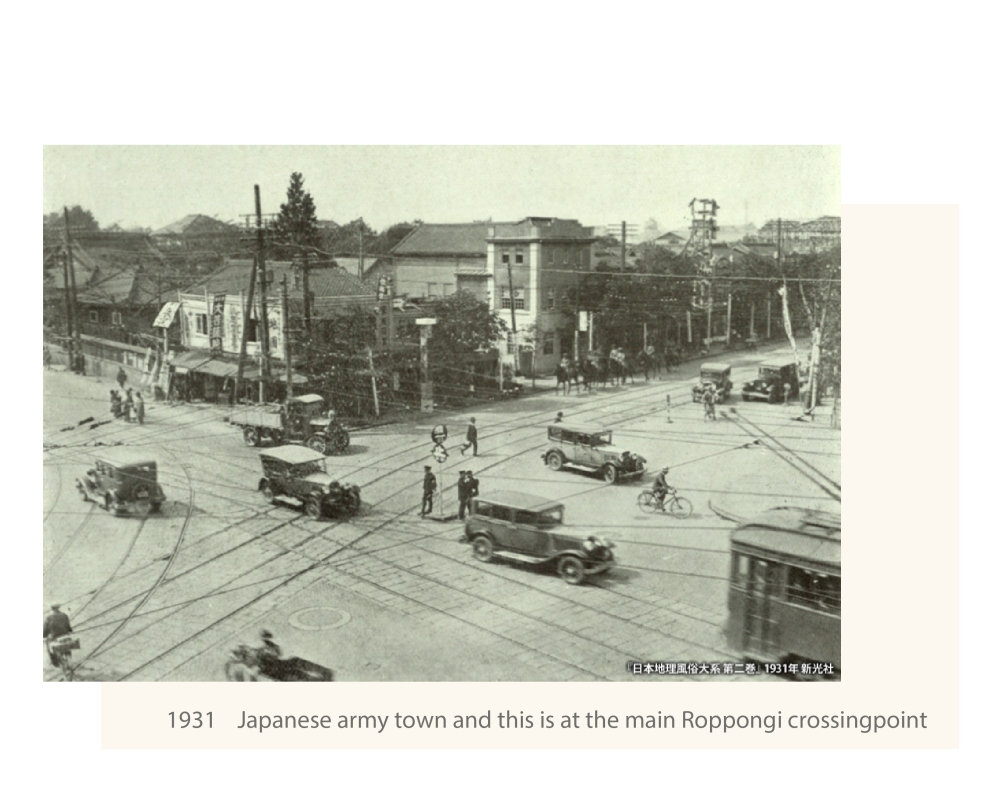
<credit>
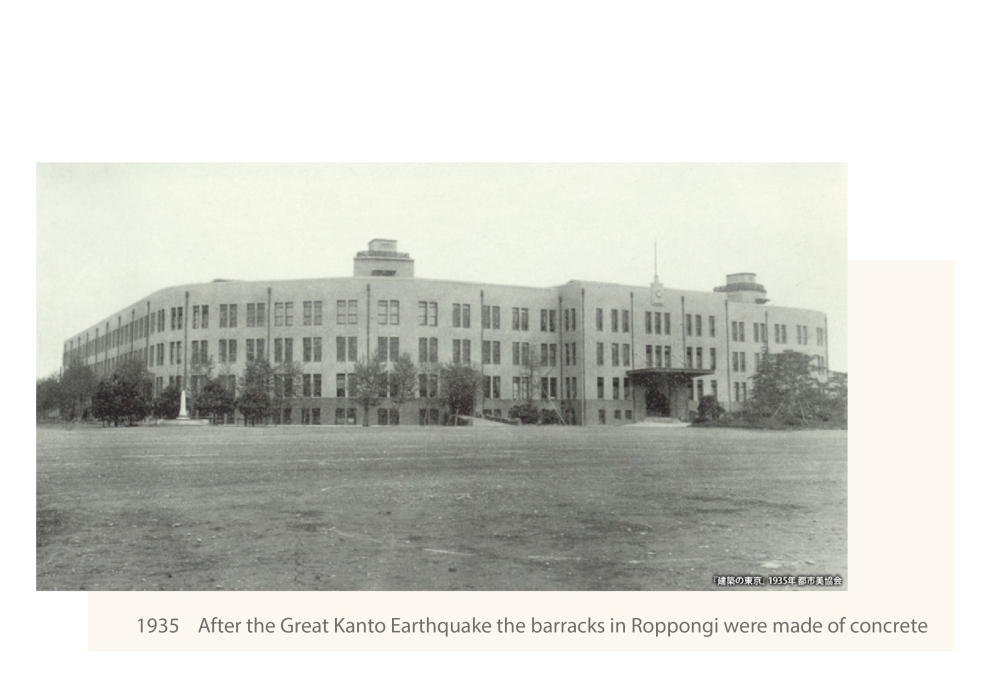
<credit>
3.) Opening to the society (1956~now)
In 1952, there was the Peace agreement established, which made an end on the American occupation in Roppongi. And slowly, Japanese customers were allowed to enter those facilities. Especially Japanese musicians, tv related workers and young rich kids hang out in Roppongi. When Roppongi station was opened with Hibiya line and the Olympic Games on the way, oowee! It was of course more accessible to other Japanese people staying in Ginza, Shibuya etc. Since then, it was welcome and attractive to many youngsters in Tokyo.
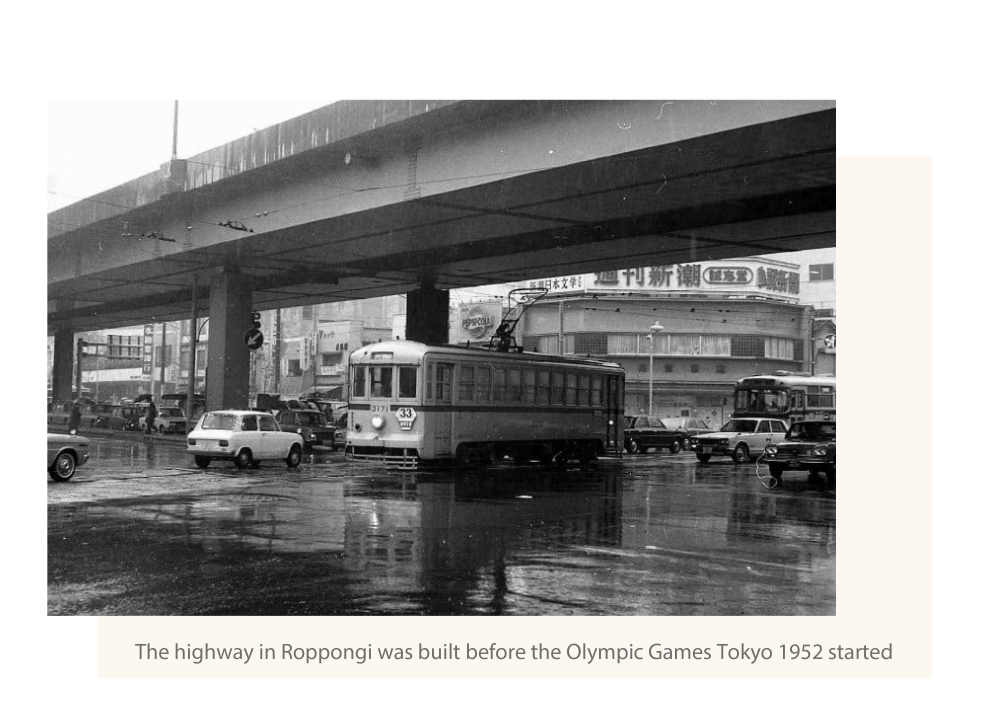
<credit>
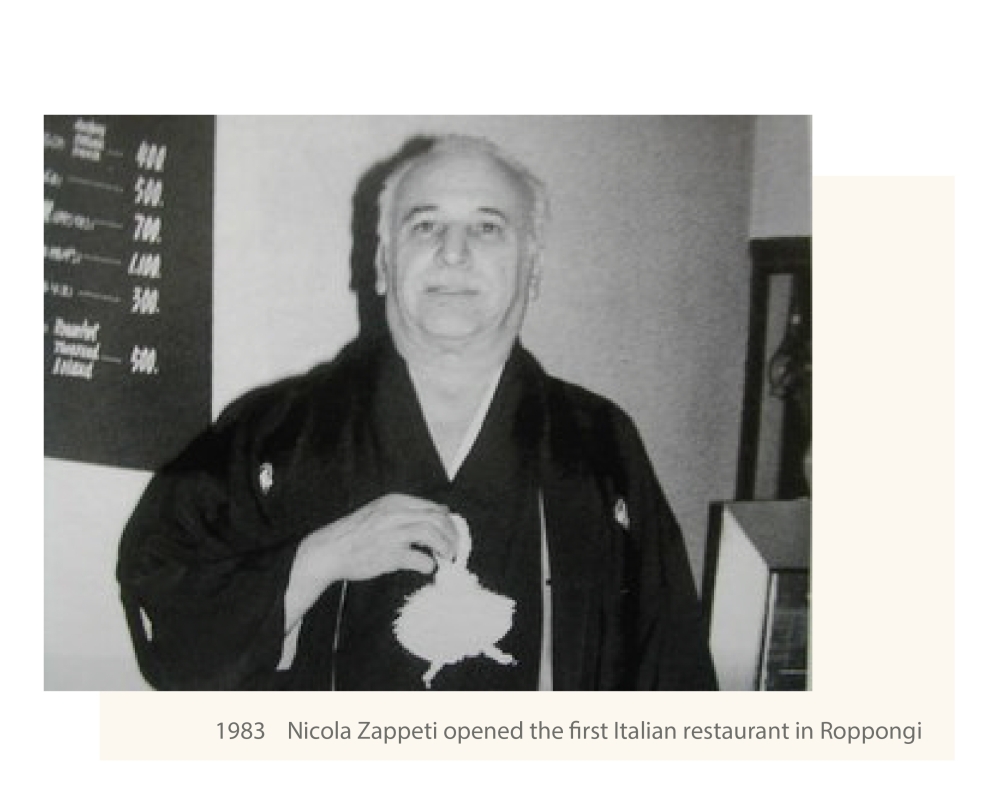
<credit>
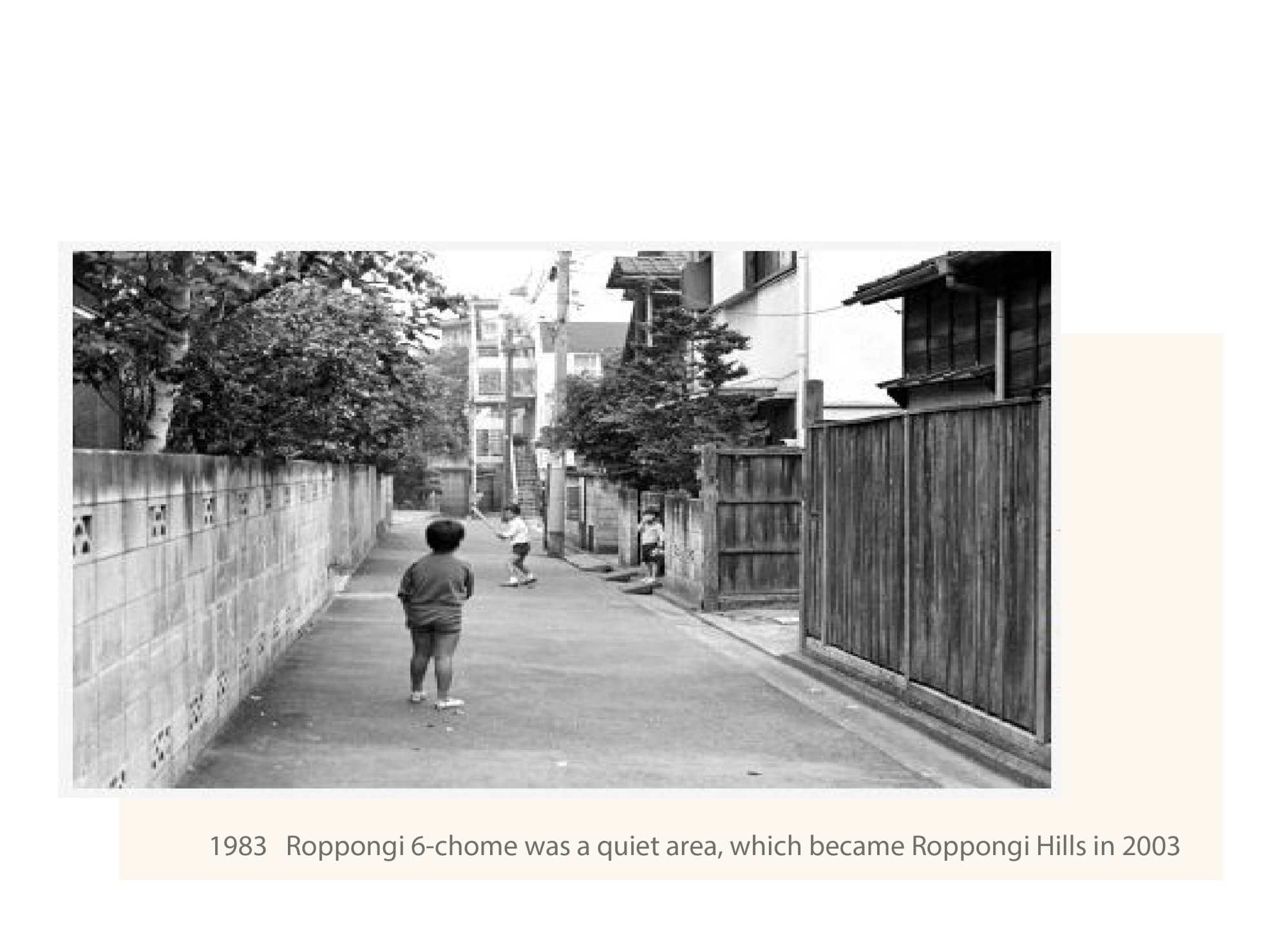
<credit>
Nowadays, we still know Roppongi as an entertainment base with shows, bars, clubs, Modern art, international restaurants, and international embassies, enjoyed by Japanese and foreigners!
In the recent years Roppongi has changed a lot as well, can you imagine in 2000 Roppongi Hills (2003) and Roppongi Midtown (2007) were not even there?
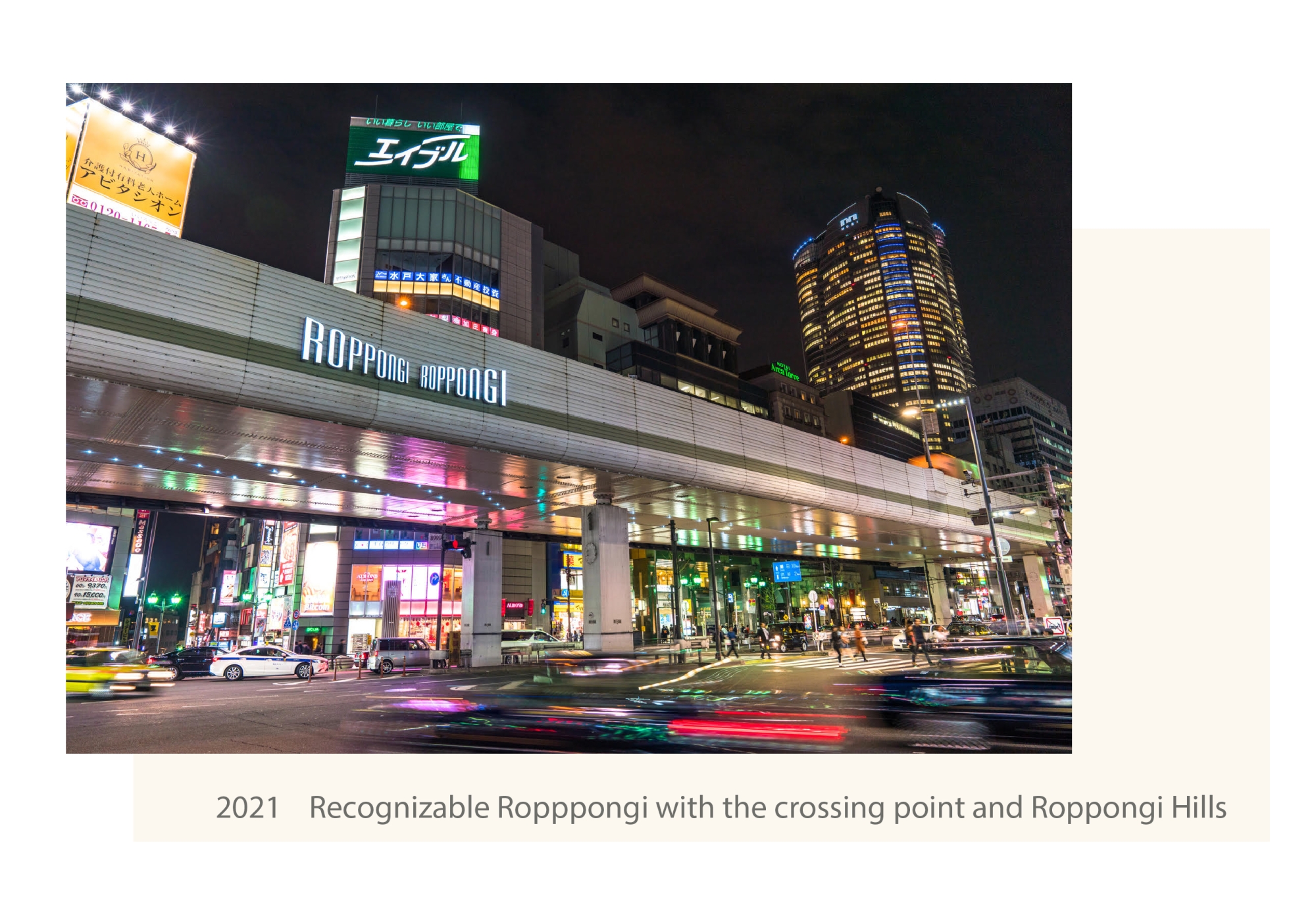
<credit>
To know more about local places to visit in Roppongi, check our other blog about Roppongi:
To do list & map of Roppongi
Follow us on social media 🌷
Insta: @tokyotulip
FB: @tuliprealestate.co.ltd


We offer lovely share houses for women all throughout Tokyo.